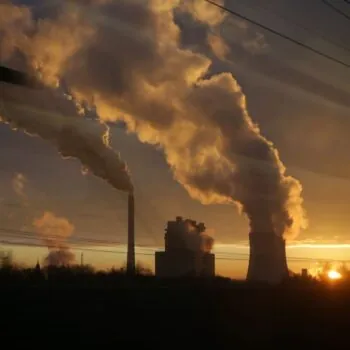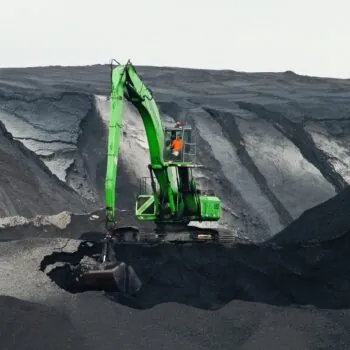Vattenfall is currently looking for a buyer for its East German lignite assets. However, any potential investor faces a high risk that they will find themselves forced to wind down Vattenfall’s lignite business before earning back their investment. A confluence of political, economic and legal risks puts the future profitability of German lignite in question. The time window in which Vattenfall’s lignite plants can still be run profitably is closing quickly – so quickly that investors would likely be unable to recoup their costs.
Political risks
The regulatory outlook for lignite ranges from uncertain to downright hostile. Beyond 2020, further legislative action to reduce lignite power capacity is virtually assured, as Germany will take additional measures in the power sector to reach its long-term climate targets. Further regulation on lignite will very likely be enacted even before 2020. The European Commission could still strike down the capacity reserve deal that utilities managed to win for a gradual scaling back of their lignite plants this year. Or the lignite issue could get caught up in the 2017 parliamentary election amid a 2018 review clause included in the deal. The introduction of a capacity market, which could have thrown a lifeline to Germany’s ailing coal power plants, has been resolutely rejected by the government this year. Germany has already embarked on path to phase out coal, with emissions reductions accelerating significantly beyond 2020.
Economic risks
The Energiewende is fundamentally transforming Germany’s power sector, making it ever harder for fossil fuels to compete. Baseload power prices have plunged from already low levels to below €30/MWh. A gas glut of record proportions combined with current overcapacity and the continuing rise of renewables will ensure that power prices do not increase again anytime soon. At the same time, efforts to reform the European emissions trading system are set to raise CO2 costs substantially until 2020, possibly to €20/t CO2 and above. New pollution limits in 2021 and rehabilitation costs, which could have been underestimated significantly, will require additional expenses. Taken together, these trends are set to erode profit margins from lignite power to the point of unprofitability.
Legal risks
Under German law, the future owner of Vattenfall’s lignite assets will be liable for a variety of environmental damages and other mining-related legal costs. The legal standing of environmental groups and local residents to bring cases has recently been strengthened in judgements of the German Constitutional Court and the European Court of Justice, which opens up the possibility of an increased number of lawsuits in the future, on top of those that are already pending. In addition, the potential lignite mines Welzow-Süd II and Nochten 2, which are being sold as part of the Vattenfall package, might never see the light of day as lawsuits have already been brought against them. Prospective buyers will therefore not only buy the lignite assets, but also a slew of pending and potential lawsuits.


